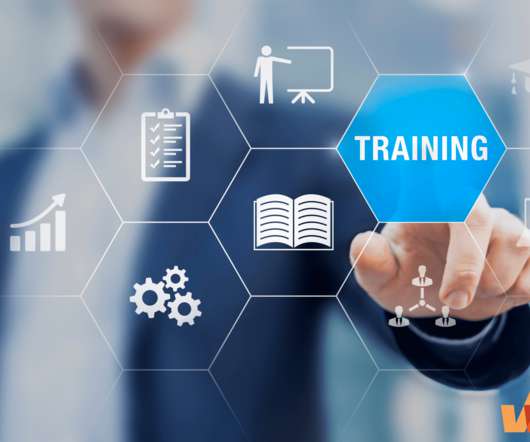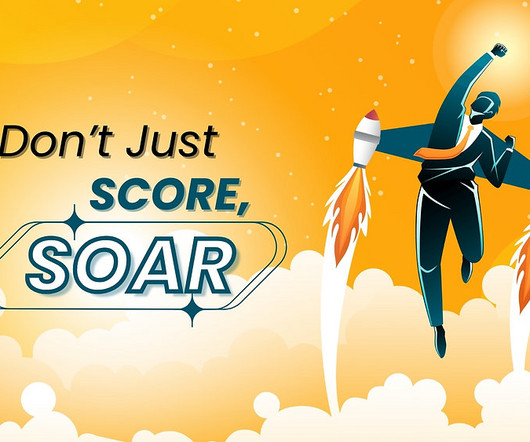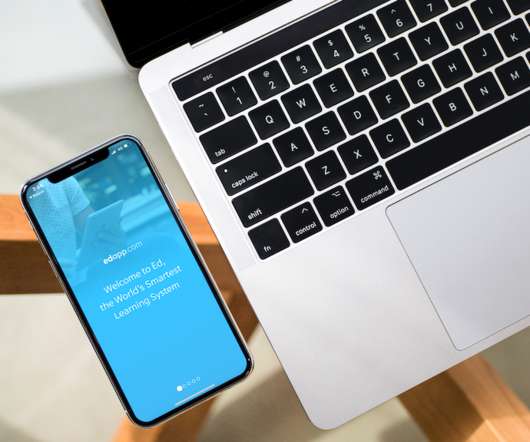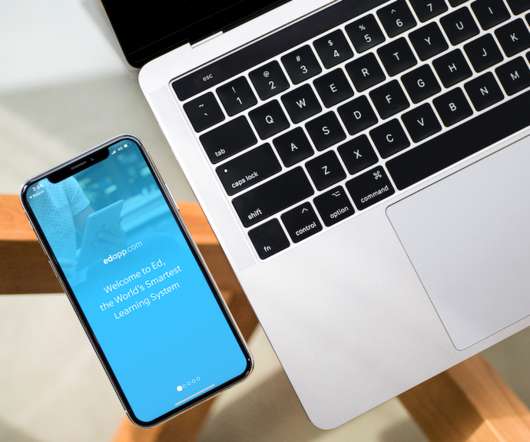Digital Training: 7 Lessons to Put into Practice
CrossKnowledge
JANUARY 6, 2022
The finding: The first lesson learned is that training courses are often perceived as being too theoretical or conceptual. Providing breaks allows learners to check that the lessons have been assimilated. The finding: Learners are often asking for resources that they can keep on their computer for future reference. Stay focused.






































Let's personalize your content